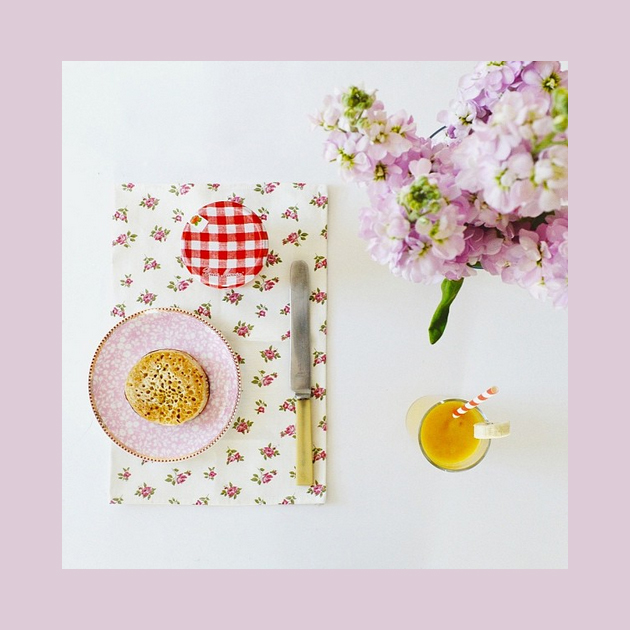The simplicity of a casual classic Sunday breakfast, that looks like a Monday one.
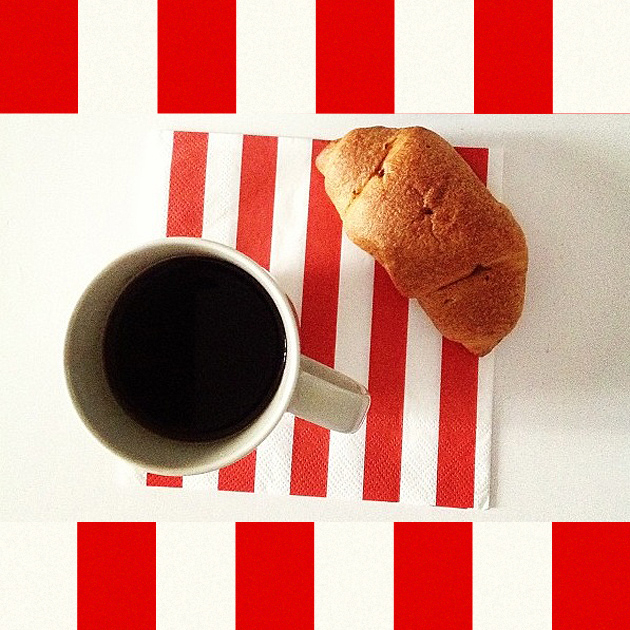
The simplicity of a casual classic Sunday breakfast, that looks like a Monday one.

Gazing upon the building of Mumok, the Museum of Modern Art of Vienna, you have the impression of staring at a futuristic prison: a grey monolith with splits as windows, covered of molten rock, erected with cement, glass and marble. Once inside the main hall you’ll discover that there’s no lack of light, even if it is largely just a matter of an optical illusion due to the big, pure white walls. An elevator made of iron and glass, fast and silent, moves from three underground levels to two aboveground ones. Noise, here, doesn’t exists, if you exclude museum staff’s whispering words saying you can’t use flash when taking photos, or some child’s ride on the gangplanks that conduct from the elevators to the exhibition rooms. In Mumok reigns an almost sacred silence. Modern art, maybe more than classic art, requests concentration and introspection. Even devotion. Coming here is like setting your foot on a modern church, with portraits of Mick Jagger instead of saints and white walls instead of tapestries and paintings.
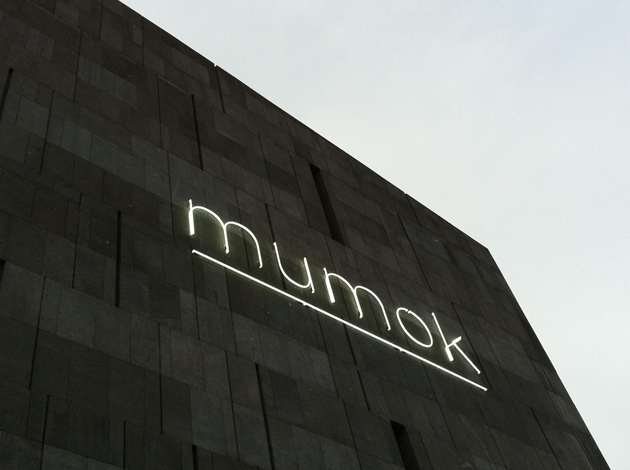
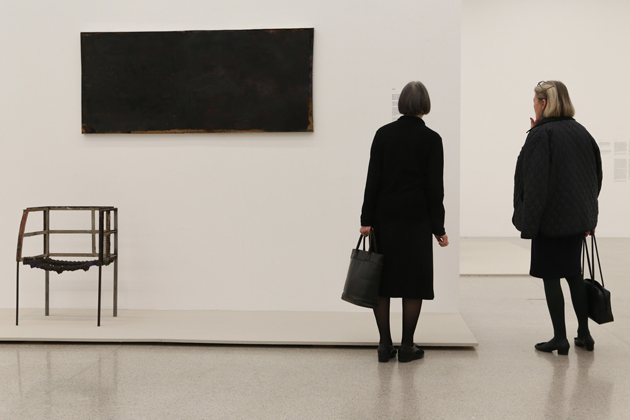
Walking through the wide, squared chambers of the museum you may feel in awe. Like when you find just in front of you the colorful, above mentioned portrait by Andy Warhol. Not far, you can find a bronze casting with human aspect: The Grande Femme Debout III by Alberto Giacometti. You can pass from one ambiance to another in such a fluid way, that it seems almost like walking without moving your feet. You stop, inevitably, when you find yourself in front of La voix du Sang, the beautiful, enigmatic painting by René Magritte. Staring at it, you could ask yourself: “what are a house and a sphere doing in the log of a tree?” Query to which nobody can answer. “What did the master want to represent with it?” Asking for the meaning of Picasso‘s women, of disquieting Man in Blue IV by Bacon, of Hahns Abendmahl by Daniel Spoerri, a table set up attached to the wall, is the job and the privilege for only a few. Tourists reason with the gut feeling. They love, or they stay emotionless.
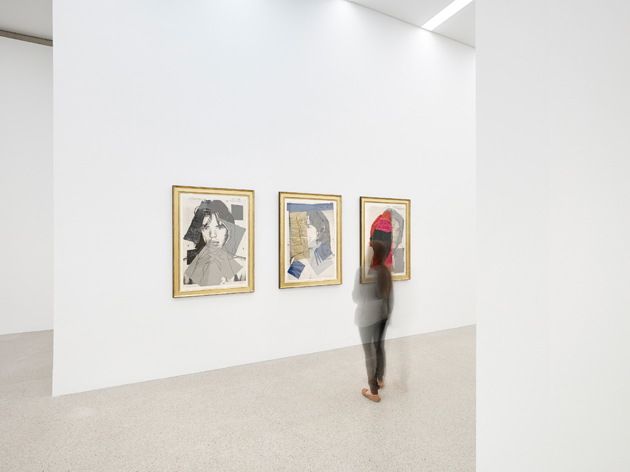
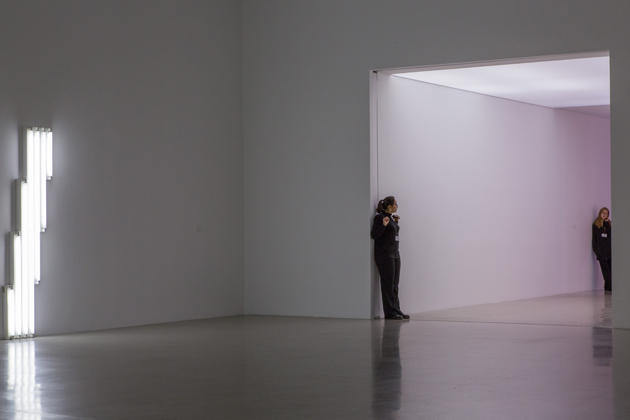
Surely one gets alarmed, when a weird steampunk movie machine suddenly becomes alive and starts blowing and squeaking. It’s Jean Tinguely‘s Méta Harmonie, a creative expression of Flexus, an artistic movement that represents transition, the existing flow between art and life. Together with Viennese actionism and Nouveau Réalisme, avantguard movements that use objects taken from everyday human life for creating masterpieces, Flexus is the artistic current that, more than others, gives the imprint to this museum. Visit it, if you are in Vienna and you have a half day free. Entering the monolith covered by lava is an experience you will love to tell forward.
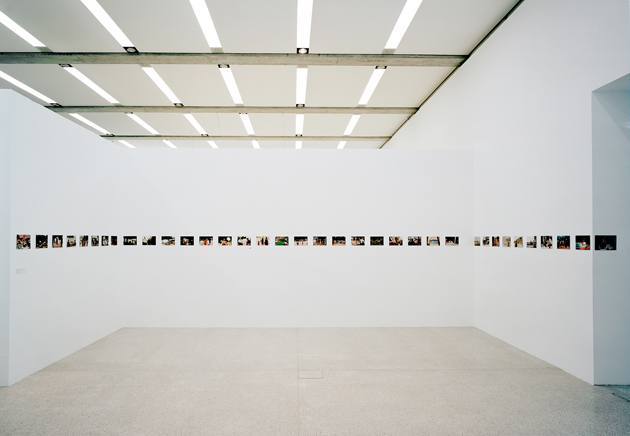
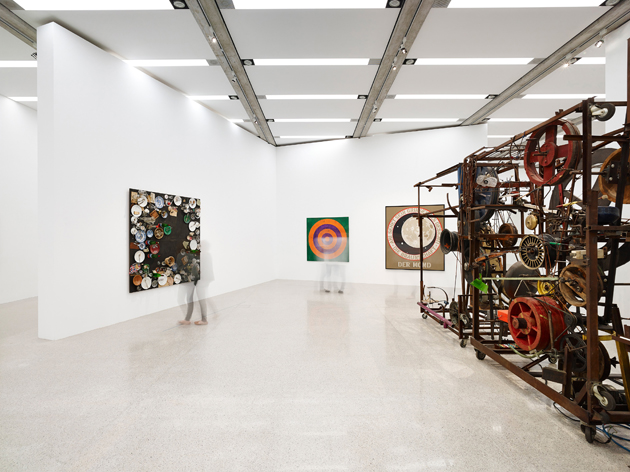
Talking to creative and art directors from different parts of the world, The Blogazine took a moment to speak with Anton Grahnström, one of the founding partners of the Stockholm-based studio Unestablished. Before settling down in Sweden, Anton worked with some of London’s finest studios and his list of clients carries more than a few high-profile names. For The Blogazine, Anton Grahnström talks about not wanting to feel established, the importance of working with inspiring people and the ups and downs of being located in a city like Stockholm.
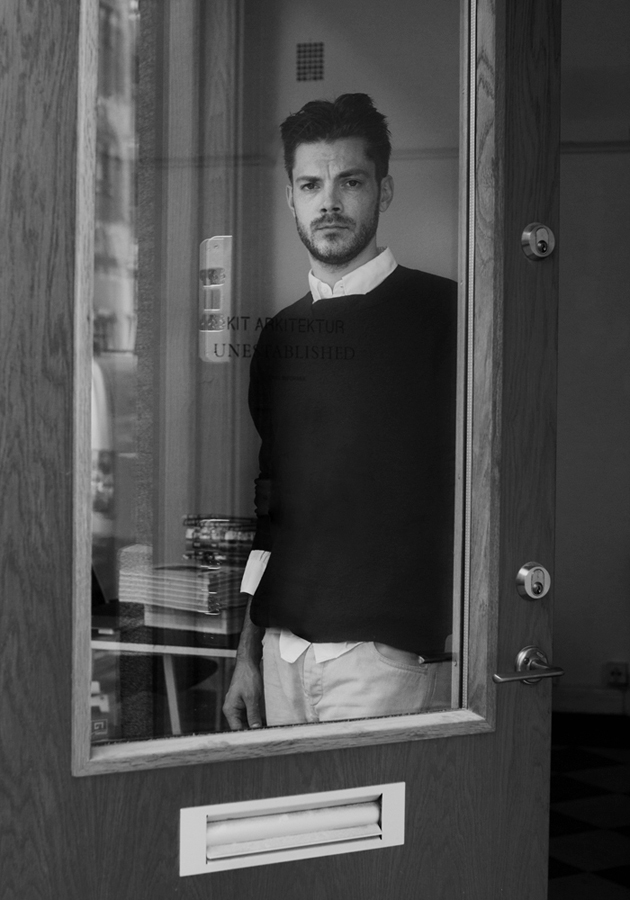
London to Stockholm, Burberry to Absolut Vodka, fashion to books to exhibitions to being a lecturer at Beckmans – your resumé has some width, to say the least. What type of projects do you enjoy the most?
I wouldn’t say that it’s as wide as it may seem. The process and the aesthetics in my projects have tended to be pretty stringent, although they have resulted in different kinds of output for different kinds of brands. For me, it’s usually not the projects themselves – the brand, media or the output – I enjoy the most. It’s the people I work with. Getting to collaborate with inspiring people is at the core of every good project I’ve been involved in. When I started out I think I had a clearer idea of what kind of end result I wanted, but as time went by I discovered that the result turned out to be less important, while the process and the people involved became increasingly interesting. The context, and the exchange between people, is always the core. My work is definitely not about being the lonely artist. It’s more about creating a context where good work can be done. Doing a great shoot, or whatever the actual job is, is such a small part of the challenge. When everything is in place, the result doesn’t seem “good”. It just seems natural.
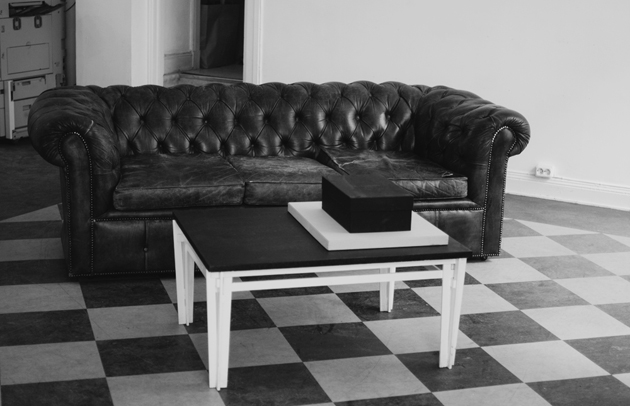
You started Unestablished in 2010 – how has these first three years been? Do you feel established yet?
The name came from an idea of working with very established clients, but doing that from an underdog perspective. There’s a certain kind of energy in that. So in that sense, I don’t think I ever want to feel established. I want to stay with one foot on the outside, moving on to the next thing.
I think successfully starting a company requires you to be at a sort of tipping point – naïve enough to think you always know best, and experienced enough to actually deliver on the projects you take on. I think I was in that place when I started Unestablished. In one sense, I feel like we’ve come a long way in the last three years, and in another way, I feel like things could have moved a lot faster. In my mind, I’m way ahead of where we actually are right now. But when looking at the projects we’ve done in the last three years, I realize that it would have been impossible to do all that in a year and still do good work.
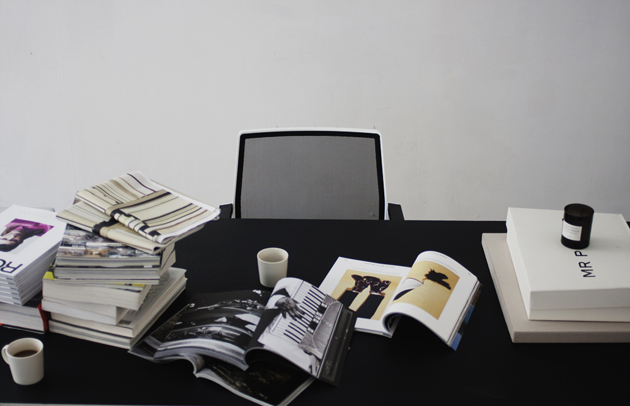
Unestablished is based in Stockholm and you have experience from working with Swedish companies, designers and magazine. How do you look on Swedish fashion and Stockholm’s position in the fashion industry?
Stockholm will always be a small town in northern Europe that nobody really cares about, and that’s a good thing. It turns this place into a play house, where everyone’s open to experiments. If it doesn’t work out, it’s not the end of the world. On the downside, as with all small towns, there’s a streamlining of expressions and ideas. There’s simply not room for as many different influences as there is in a larger city, like London.
Another positive aspect of Stockholm is the accessibility. There’s lot of talent here, and everyone knows everyone. If you want to work with someone, you simply call them up and they will be in your office an hour later, having coffee. That means creating the right context with inspiring people, as a mentioned earlier, a lot easier.
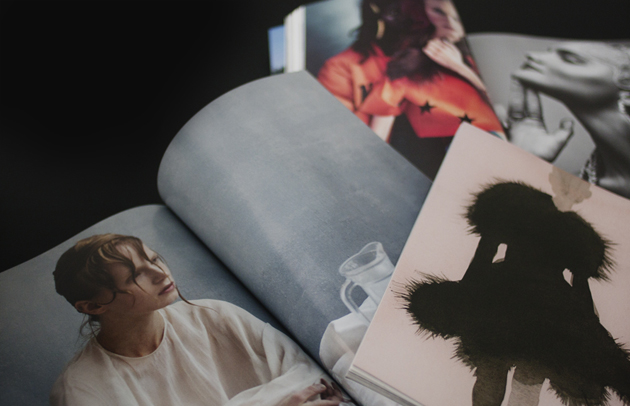
Do you believe that the location from where one works, Stockholm in your case, affects and influences one’s work in any way? How?
I think we are a lot more affected by our physical surroundings than we might think. Most of our influences come from our immediate surroundings – our upbringing, family, friends, the walk to work. I’m constantly surrounded by things that I don’t even think of as Swedish, or Scandinavian, but naturally, it’s not a coincidence that there is a Scandinavian aesthetic. It doesn’t come from nothing. At the same time, we become increasingly globalized. Everyone, all over the world, is browsing the same blogs. You would think that with the access everyone has to everything now, we would see greater variation in expressions, but usually it’s quite the opposite. We all see the same things at the same time. So we end up back in the process. The people you work with, that’s what makes the difference.
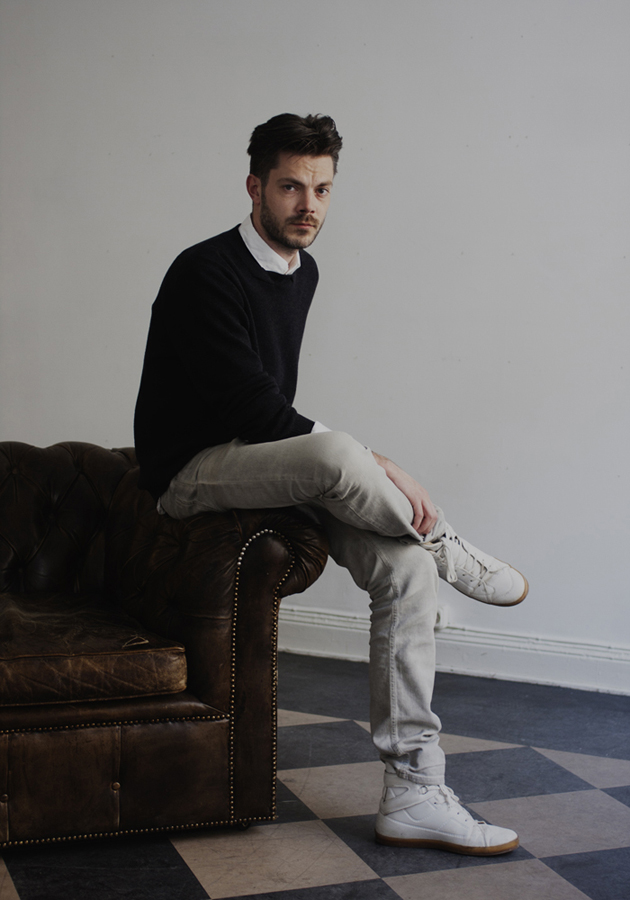
In the Amalfitana Coast, in southern Italy, there is a small pastry boutique with a hundred years of history. A century ago the owner of the place invented the Sigh, a little dessert to eat all in one bite. In a Sigh there are all the flavors of the sun and the sea, the beautiful coastline and its inhabitants. If you want to make a declaration of love to a woman, you have to give her a Sigh and you will be certain to have her love. It takes twenty minutes to prepare a single Sigh. Once cooked, the dough must then be manually filled with lemon cream, then soaked in lemon liqueur to finally be coated with frosting. But once ready, if you have the fortune to try one, you will experience that wonderful burst of flavor explode in your mouth. Pure love! For this reason it is called Sigh: this is what happens every time you eat one, like when you sigh thinking of the person you love.

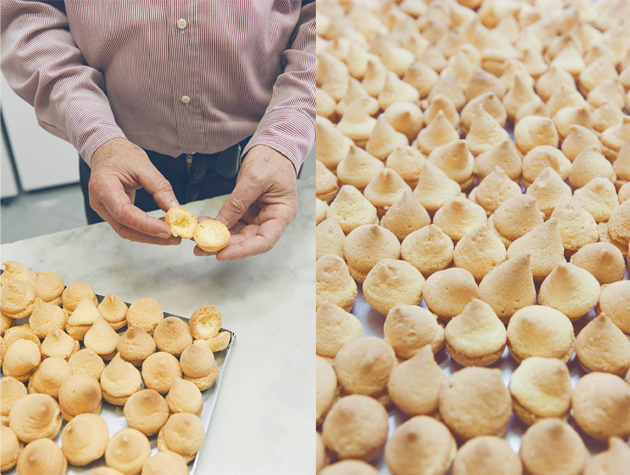

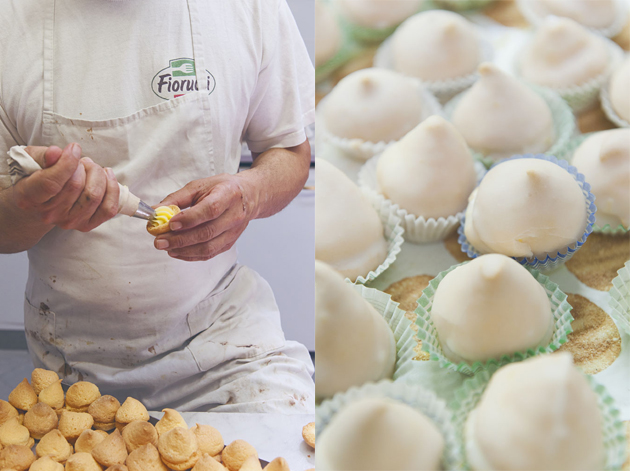
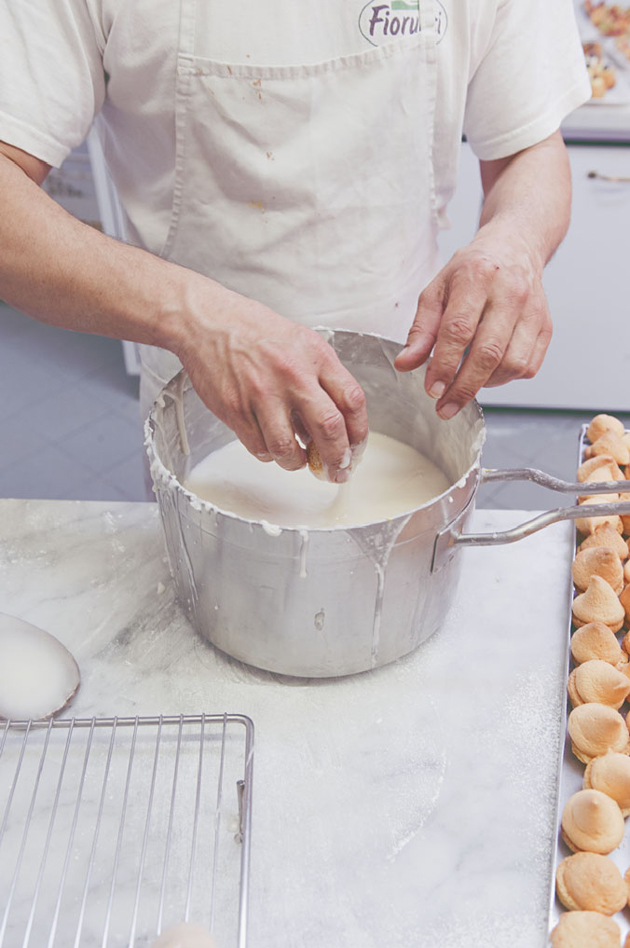
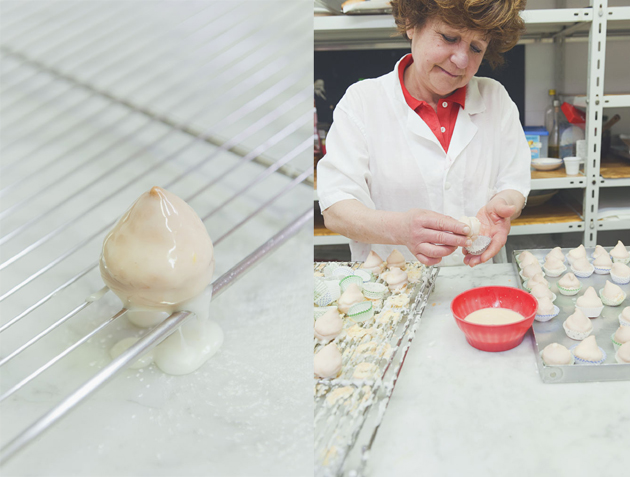
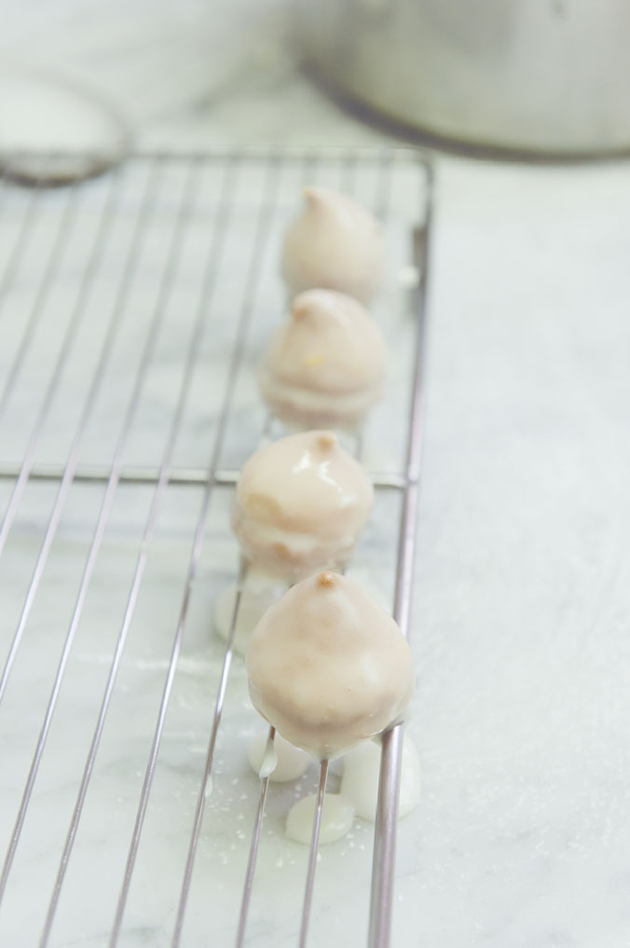
Doctor: I fall on you and I see all these things… The roots, the shrubs… Have you ever thought that plants might feel, that they are conscious, that they understand even… The trees, hazel…
Marushka: This is an alder.
Doctor: No importance. They are there, they are not rushing anywhere. It is us who are running, hurrying talking banalities. Because the nature that is in us, we don’t want to rely on it.
(Dialogue from a movie “Mirror”, 1975 by A.Tarkovsky)
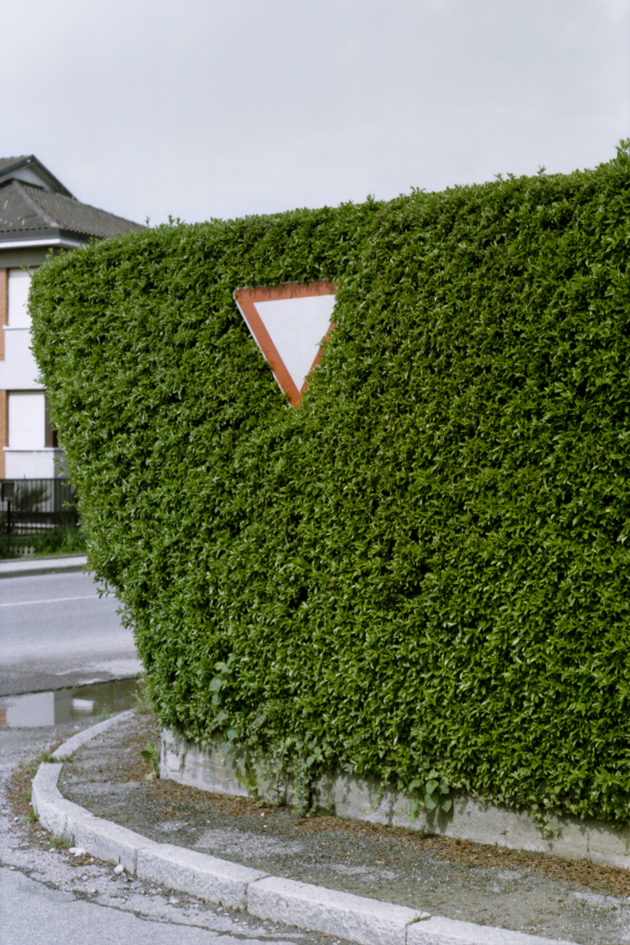
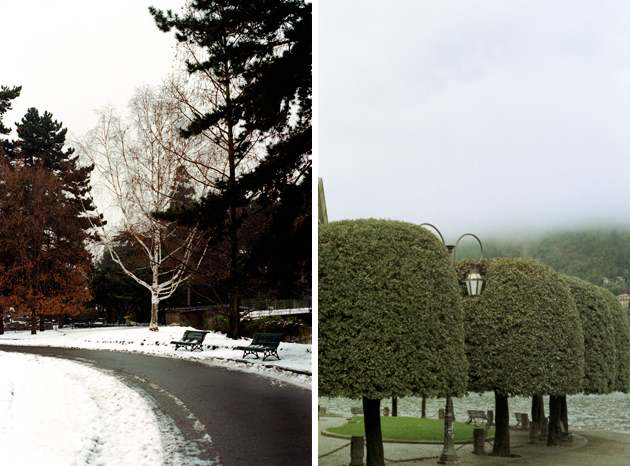
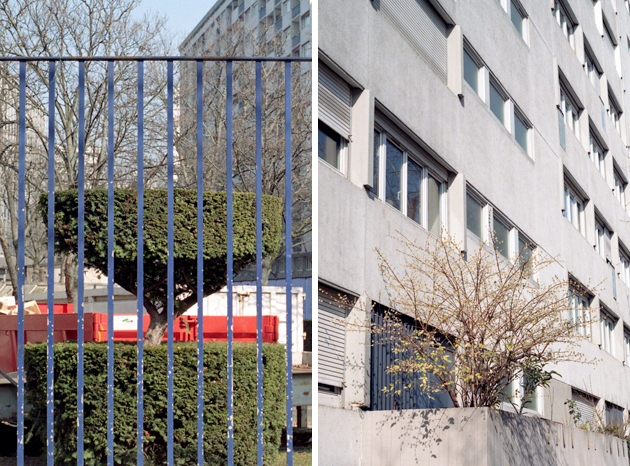
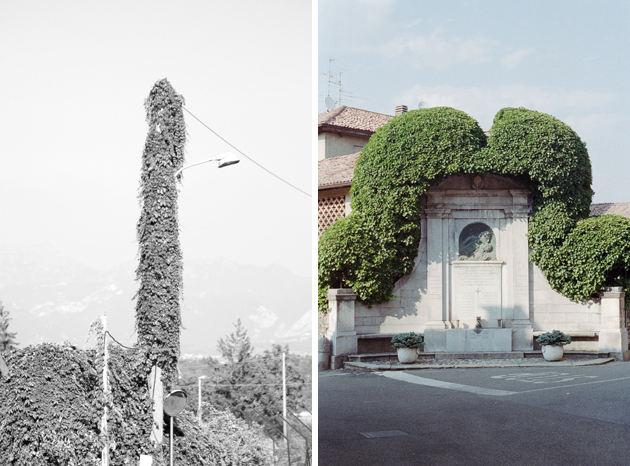
More than 60 years ago the grand master of Modern architecture, Le Corbusier, designed his Cité radieuse in Marseilles. Conceived upon the geometric repetition of single housing units, called Unité d’Habitation, the enormous complex is seen as the starting point of Brutalist architecture, due to its large size and the extensive use of béton brut (rough-cast concrete). Even though usually these kind of utopian social architecture projects have a negative appeal and the living conditions significantly deteriorate through time (like Pruitt-Igoe in St. Louis, demolished in 1972), Cité radieuse is nevertheless highly regarded by its inhabitants, mostly upper middle-class professionals.
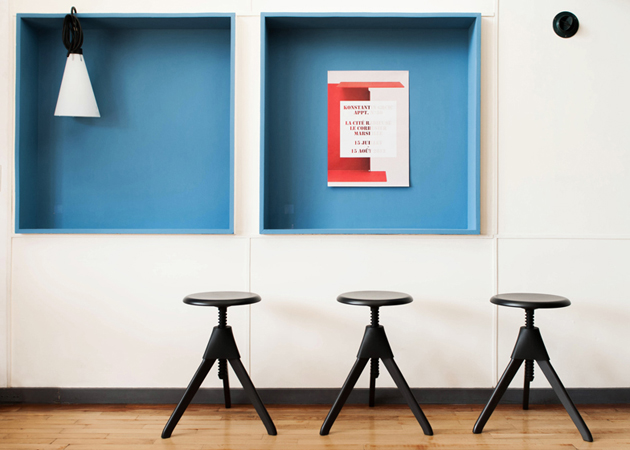
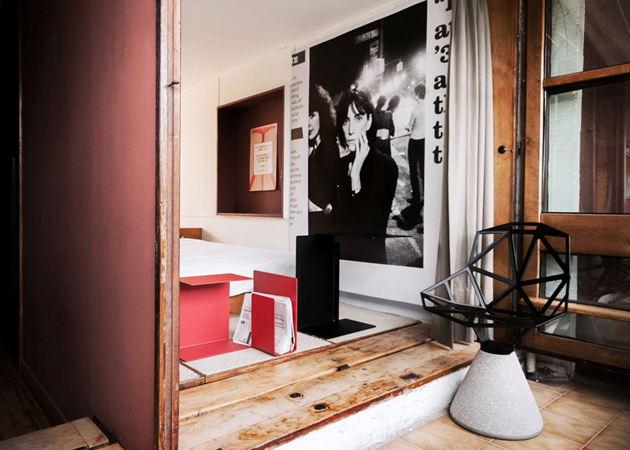
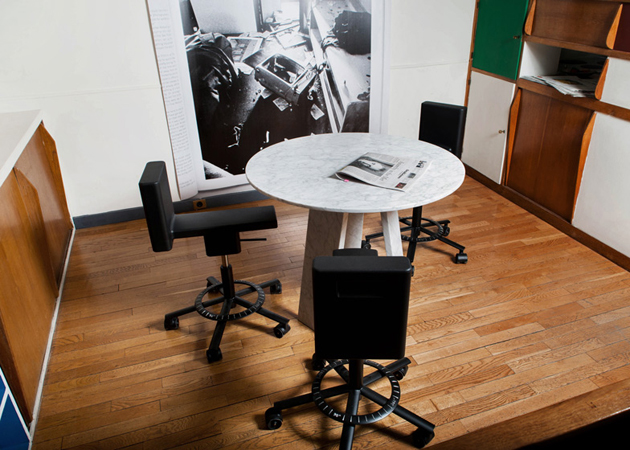
In fact, Giò Ponti describes the success of the project on Domus’ pages with the following words: “Le Corbusier’s premise? Locate a building in a beautiful place (like ancient Romans with the sites of their monasteries, and the aristocratic their castles and villas – also “unité d’abitation”) which, with green space, air, sunlight, perfect orientation and day- and sun-lighting, acoustic insulation and perfect visuals (freedom), creates carefully designed and independent housing units in a complex offering all kinds of services and facilities (garage, kindergarten, schools, physical culture, guest rooms, infirmary, medical and pharmaceutical assistance, restaurant, shops, postal service, etc.) All of this is done by using the modern means and methods, both in terms of design and construction, used (in a purely industrial analogy) for the realization of the great ocean liners, other “unitè d’abitation.””
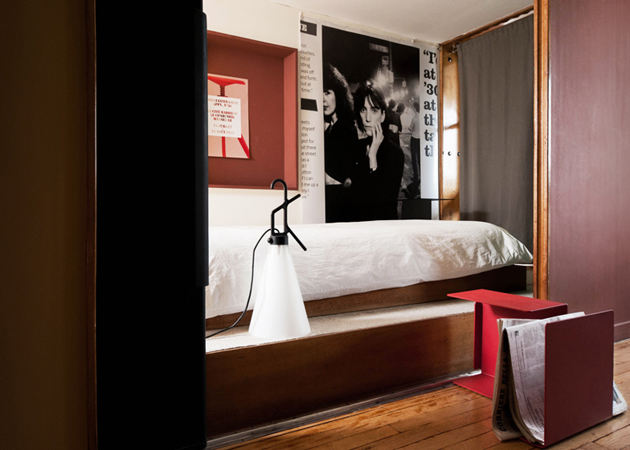
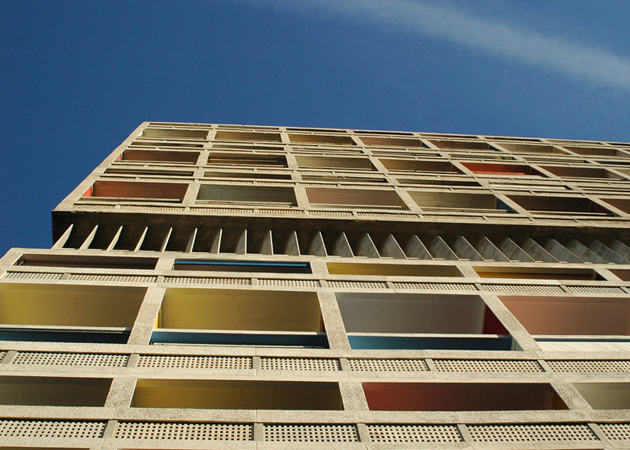
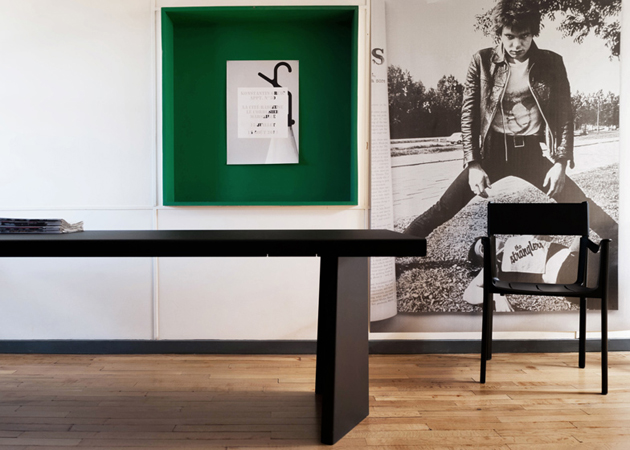
Even though years have passed and even a destructive fire has damaged the building last year, one of the apartments, namely unit number 50, has been almost entirely preserved in its original setting. Privately owned, this apartment is open to the public during the summer months and has, for this year, been entirely furbished by Konstantin Grcic. Following a project that initiated in 2008 with Jasper Morrison’s designs and continued in 2010 with the Bouroullec brothers, Mr. Grcic has used exclusively furniture designed by him in creating a contemporary vision of Le Corbusier’s vibrant project. Grcic’s utterly functional furniture has been complemented with large prints of pages taken out from a punk fanzine. The designer himself explains this powerful visual ambivalence: “The punk motifs are tempting a slightly devious link between two completely unrelated worlds: Le Corbusier’s architecture and punk rock. Without forcing the idea of common grounds, I find that both have a rawness and uncompromising spirit which I have always found compellingly beautiful,” ultimately proving that Le Corbusier’s visions won’t yet fade away.
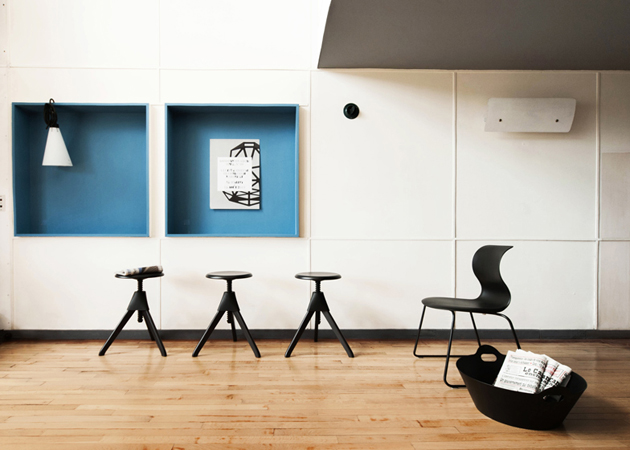
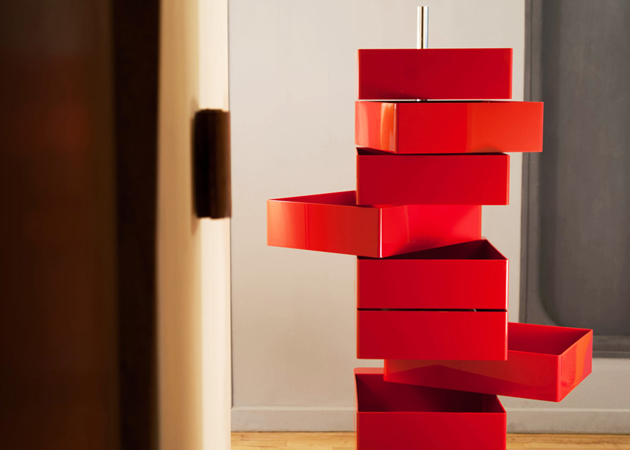
Ana Mendieta (Cuba, 1948 –1985), for those who have never heard about her, was a key name of ‘70s art – one of first Latin-American artists able to enter the New Yorker scene of those years –, an iconic and versatile artist with a traumatic past signed by the exile, at the age of 12 along with her sister, to escape from Castro’s regime, and the further wandering around USA, without having the opportunity to join the other members of her family for a long time. An experience that scarred and influenced the artist, who chose during the university years to abandon painting and deal with performance, portrait, body and land art, sculpture and photography, giving to all her works the same expressive strength and intensity.
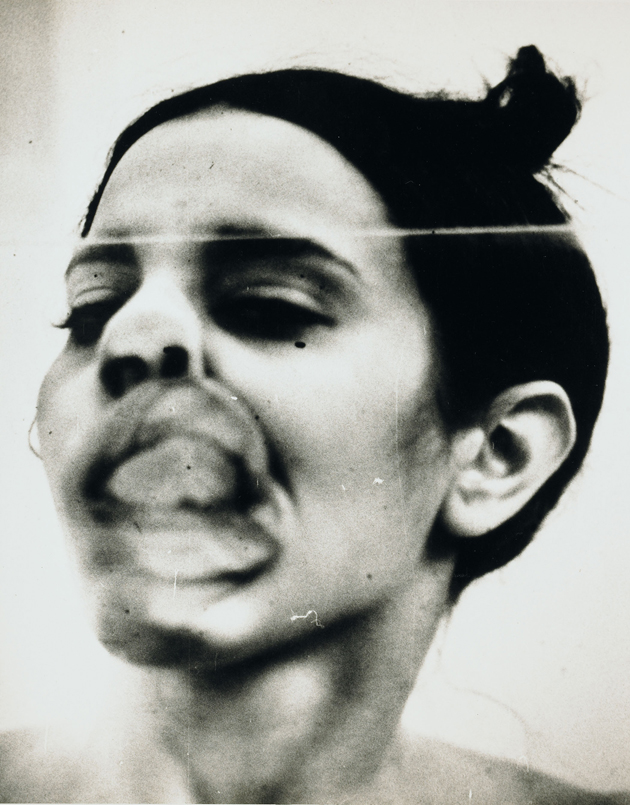
Mendieta’s research used different languages, which showed her transcultural identity and created narrations, characterized by a socio-political, but also spiritual and intimate view. The artist was close to mother earth, surrounded by nature and exploiting her own body – real or reproduced in silhouettes made with blood, soil, mud, leaves; immersed into the water or burned – as the cornerstone of a flooring poetics that grounded its roots in primitive cultures, taking inspiration from rituals’ system of believes as Santería.
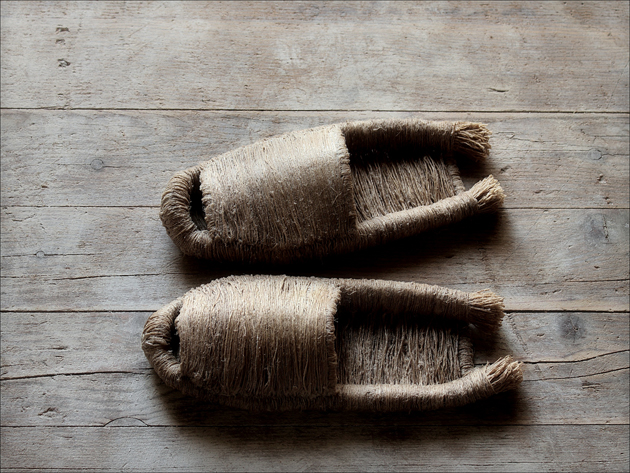
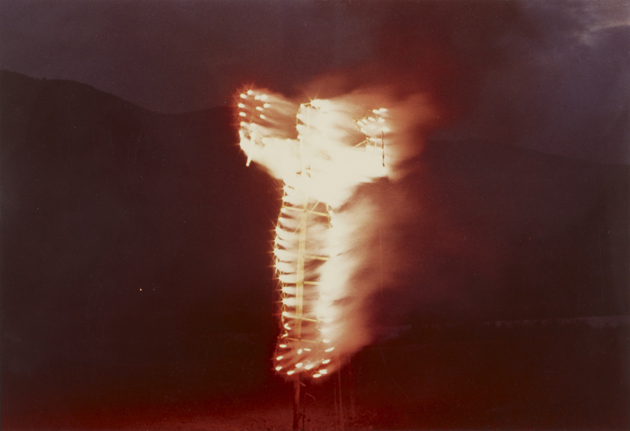
With an autobiographical approach, Ana Mendieta investigated the female figure and the evolution of its condition, analysing issues related to life and death, feminism, discrimination, violence and rape. Untitled (Rape Performance) and Sweating Blood(1973) are both series conceived by the artist after reading about the rape and murder of a student of her campus. The emblematic performances, pictures, super 8 short films and video tapes of this great artist, who died at a young age from a fall from her 34th floor apartment in unclear circumstances, keep inspiring and influencing artists worldwide.
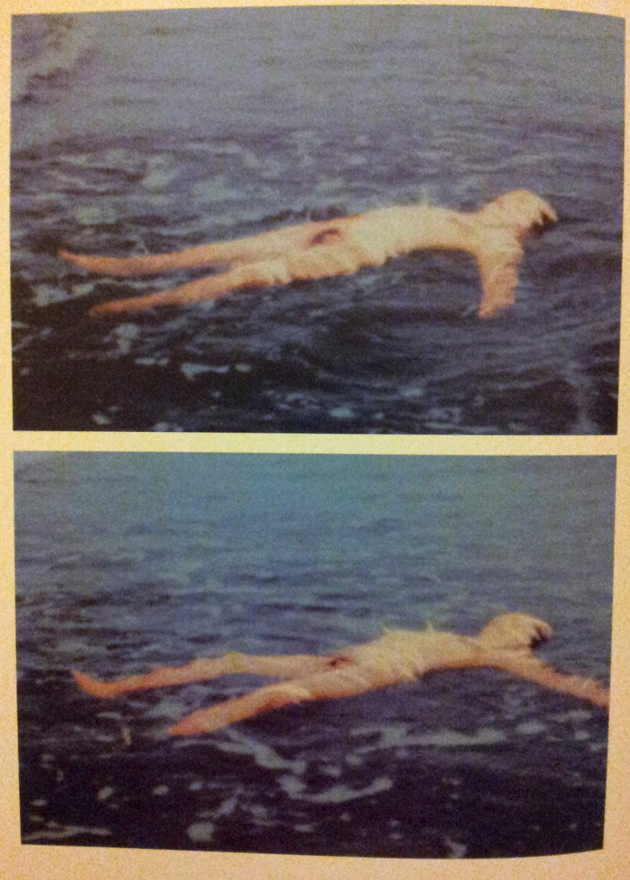
She Got The Love, the first huge European retrospective devoted to the Cuban artist, curated by Beatrice Merz and Olga Gambari, has just closed at Castello di Rivoli, while a selection of her early works are currently on view at Raffaella Cortese gallery (via Stradella, 7), along with the ones of the photo- and videographer, performer and art and culture writer Martha Rosler in a duo, all-female show which will run until August 4, 2013.
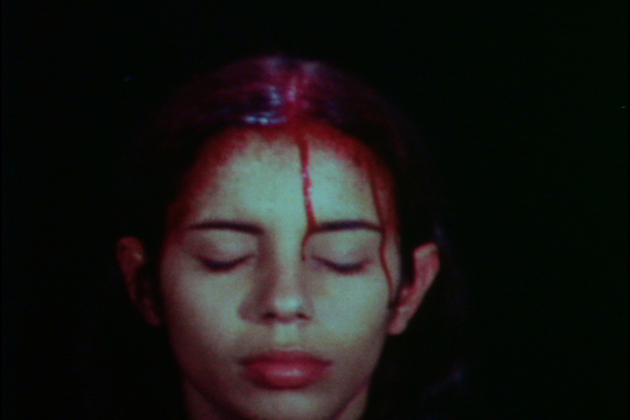
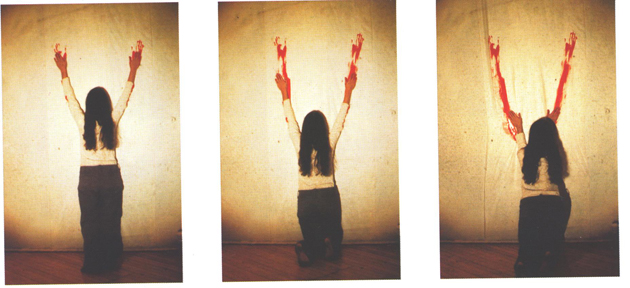
Lilac is one of the colors I love the most. Pale, delicate and calm. Like this morning, that I just want to face easily.
